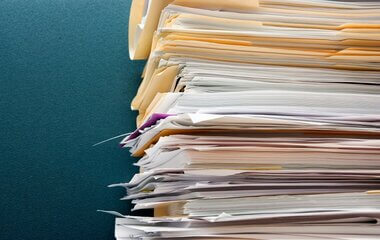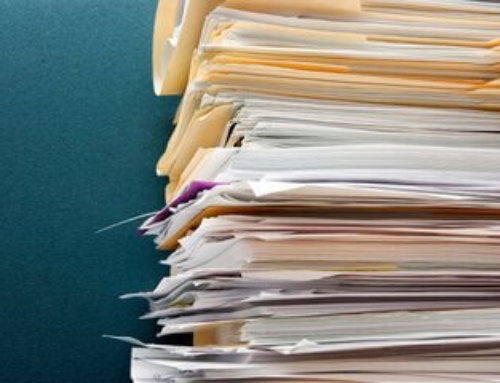Palmetto GBA, a Medicare administrative contractor (MAC) for Medicare jurisdictions J and M, revised the polysomnography Local Coverage Determination (LCD) L36593 and its accompanying Local Coverage Article A56995 effective March 16, 2023, to update documentation and billing requirements. These jurisdictions include Alabama, Georgia, Tennessee, North and South Carolina, Virginia, and West Virginia (this excludes Part B for the counties of Arlington and Fairfax in Virginia and the city of Alexandria, VA).
Global Billing Requirements
The technical component of home sleep apnea tests and unattended sleep studies must be provided by an accredited sleep center or laboratory and meet the requirements of the LCD for coverage. There is, however, an exception that allows global billing for home sleep apnea tests by an office-based physician who meets the requirements for physician training/certification as noted in the LCD. Global billing includes both the technical component and the professional component of the service. In this case, billing globally for a home sleep apnea test can be covered for the purpose of testing a patient for the diagnosis of obstructive sleep apnea if the home sleep apnea testing is reasonable and necessary for the diagnosis of the patient’s condition as outlined in the LCD; and the office-based technician doing the patient instruction and scoring meets the training/credentialing requirements as outlined in the LCD. In this circumstance, the physician would interpret the test and bill globally for the service.
Raw Data Review and Scoring/Analysis
In all other circumstances, the physician who is providing the physician component of the home sleep apnea test must be identified specifically in the medical record as the interpreter of the test. According to the LCD, the laboratory physician must review the entire raw data recording for every patient studied. Raw data refers to data obtained directly from patient output to the acquisition device. All channels to and from the acquisition device must be physical channels and not derived, calculated, virtualized, or created by software to create channels for the purposes of the test and scoring of the raw data (i.e., a respiratory channel must be a physical channel to and from the acquisition device for the purpose of the test and scoring/analysis of the data). All raw/autoscored data must be manually scored/re-scored by a registered polysomnographic technologist (RPSGT) even if an autoscoring protocol is applied prior to manual scoring/analysis. The name of the scoring technologist as well as an indication that the procedure was manually scored/analyzed must be documented on the scoring report or interpretation report indicating “manually scored/analyzed.” If these requirements of the LCD are not met, the procedure cannot be submitted for reimbursement.
The AASM encourages members impacted by these changes to modify workflows to ensure that all documentation is consistent with the updated LCD and article requirements. Questions about these updated requirements may be sent to coding@aasm.org.





